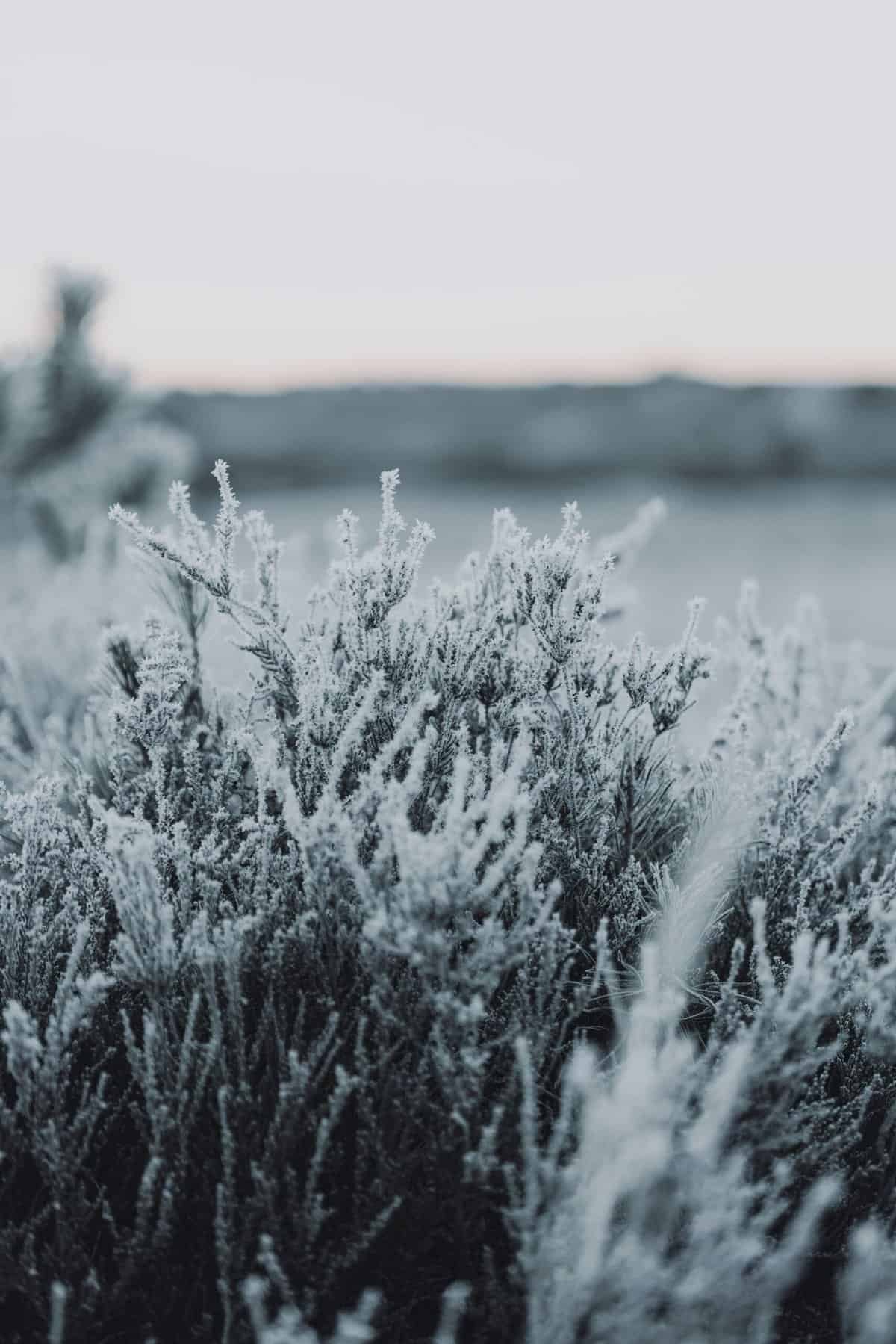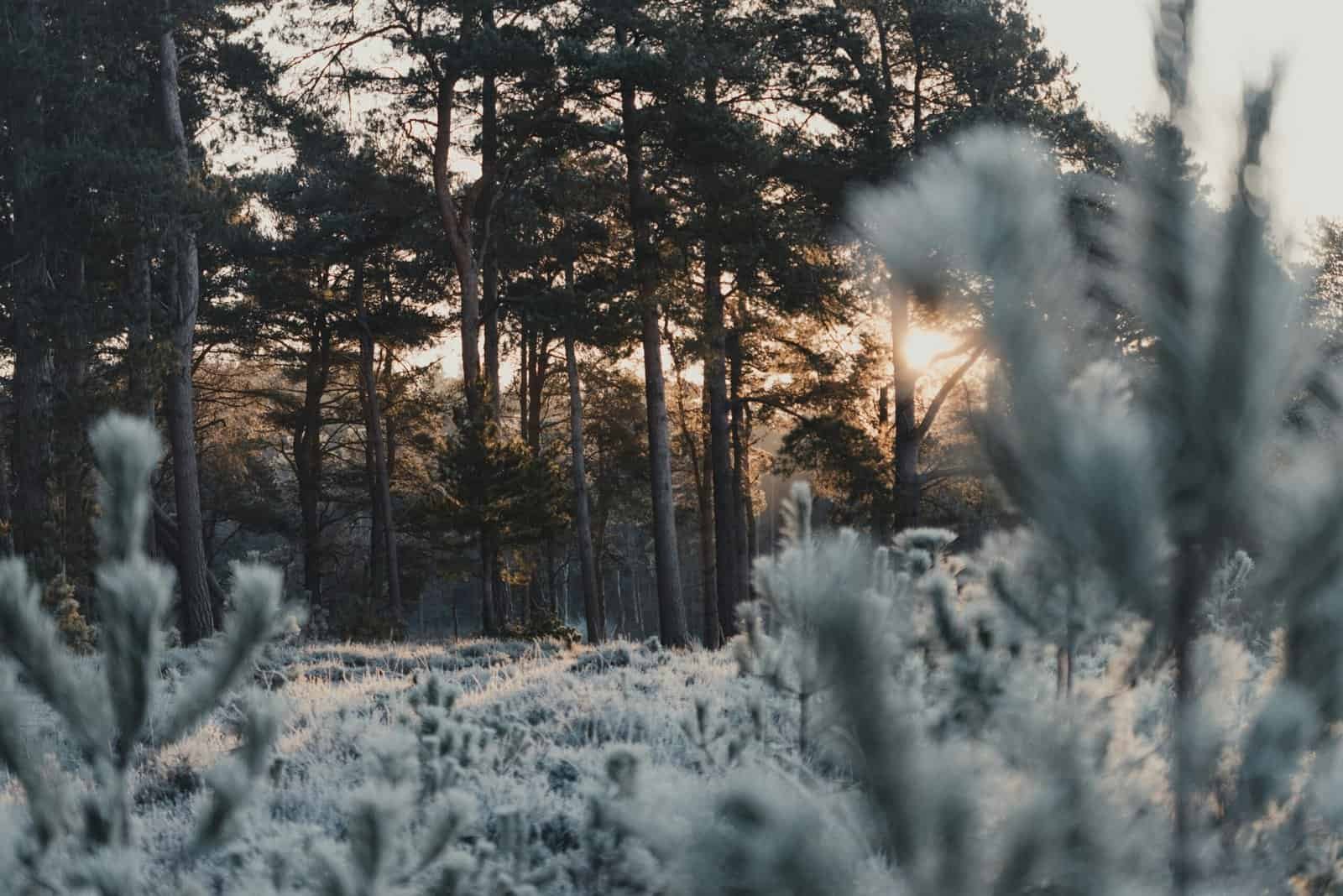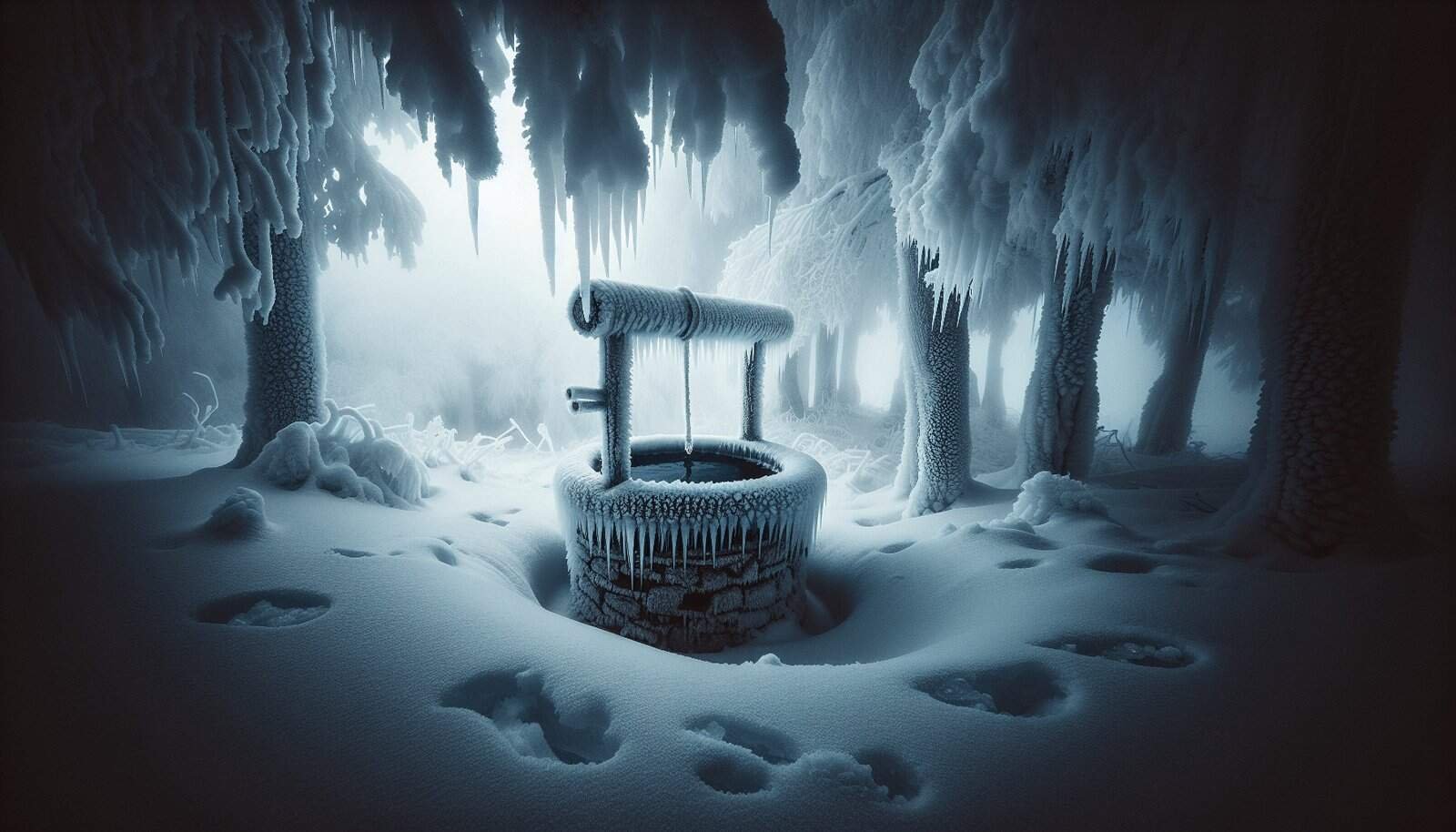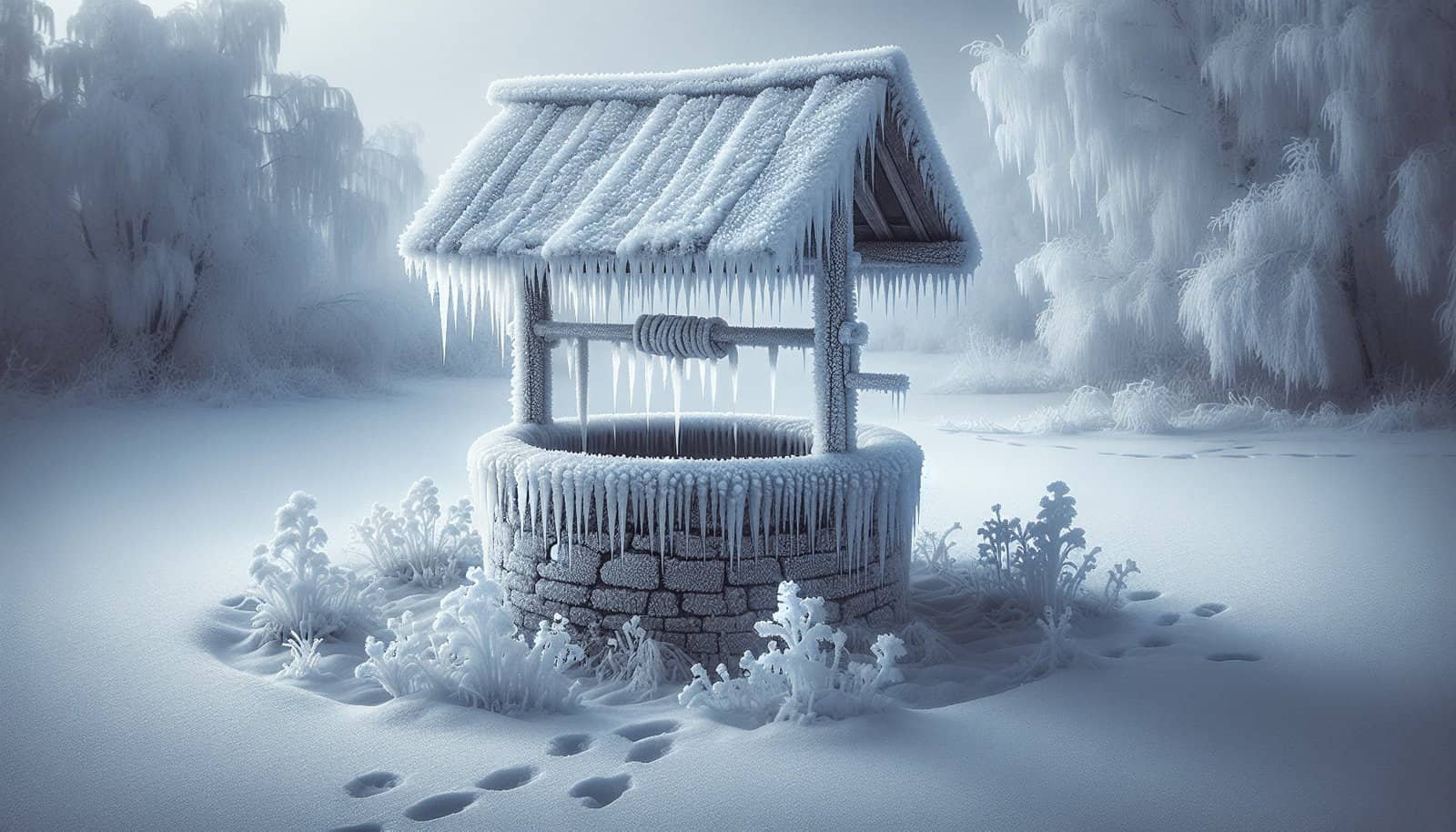Have you ever wondered how freezing temperatures might impact the safety of your well? As a homeowner relying on well water, understanding how various environmental conditions such as cold weather can affect your water supply is crucial. This is especially important when considering potential contamination or system malfunctions that could arise from icy conditions. In this article, we’ll delve into the various ways freezing temperatures can influence well safety and what you can do to protect your water supply. Additionally, we will look into another pressing concern: how to determine if your well has been compromised by nearby construction activities.
Understanding the Basics of Well Systems
Wells are sophisticated water systems that require proper maintenance and understanding to function efficiently. The main components of a well system include the well casing, well cap, pump, and pressure system. These parts work together to ensure the water drawn from underground is safe for consumption. However, environmental factors like freezing temperatures can occasionally disrupt this process.
What is a Well Casing?
The well casing is a tubular structure that extends from the surface into the drilled hole and helps to protect the well from contamination. Made typically from steel or plastic, the casing is designed to keep contaminants out of the well water. In cold conditions, attention to the integrity of the well casing is paramount, as freezing and thawing cycles could lead to cracks or damage.
The Importance of the Well Cap
A well cap sits on top of the well casing and provides a barrier against debris, insects, and other potential contaminants. In freezing climates, ensuring the well cap is secure can prevent cold air from accessing the well pipe, reducing the risk of freezing within the system.
How Cold Temperatures Affect Well Pumps
The well pump is crucial in drawing water from the aquifer and delivering it to your home. Pumps can be particularly vulnerable in freezing temperatures. Ice can form around pump components, hindering their operation, and in extreme cases, leading to pump failure.
Pressure Systems and Their Vulnerability to Freezing
Pressure systems are responsible for maintaining the necessary pressure in the water system for household use. Freezing temperatures can cause pipes within these systems to rupture, significantly disrupting water flow and pressure, and leading to expensive repairs.

Freezing Temperatures and Their Effects on Well Safety
Cold weather poses unique challenges to well owners. Understanding these challenges allows you to anticipate potential issues and address them proactively, maintaining the safety and functionality of your well.
Potential Damage from Freezing Pipes
One of the most common issues is freezing pipes. Water expands as it freezes, which can burst pipes, especially those made of materials susceptible to temperature changes. Once pipes crack, contaminants can enter the system, compromising your water quality.
Effects on Water Quality
Freezing conditions can not only physically damage your system but also affect water quality. For instance, if well parts crack, they can allow surface water or debris to enter, introducing bacteria and viruses. Therefore, regular testing during colder months is advisable.
How to Protect Your Well from Freezing
There are several protective measures you can take to safeguard your well system against freezing temperatures:
- Insulation: Insulating the well cap and exposed piping can help maintain a stable temperature, preventing freezing.
- Heat Cables: These cables can be wrapped around pipes to generate warmth and prevent ice formation.
- Regular Maintenance: Regular checks and a professional inspection can identify potential vulnerabilities before they become critical.

How to Identify Signs of Well Compromise Due to Construction
Construction near a well can cause significant concern, primarily because of potential contamination or disturbances to the natural water supply.
Understanding Different Types of Construction Impact
Construction activities such as drilling, blasting, or heavy machinery operation can affect your well. The vibration and movement in the ground could shift or damage well components or alter groundwater flow.
| Type of Construction Activity | Potential Impact on Well |
|---|---|
| Drilling | May crack casing or disturb aquifer |
| Blasting | Could displace well structure |
| Heavy Machinery | Might lead to ground vibrations altering well alignment |
Signs That Your Well May Be Compromised
Identifying issues early can save you time and money. Here are some signs that your well could be compromised:
- Cloudy Water: This might indicate sediment has entered the system.
- Unusual Tastes or Odors: Changes in water taste or odor can hint at contamination.
- Reduced Water Pressure: This can suggest mechanical issues caused by structural shifts.
Steps to Take If You Suspect Compromise
If you suspect that construction activity has affected your well, there are steps you can take:
- Immediate Testing: Conduct a water quality test to identify potential contaminants.
- Inspect Well Components: Check the well cap, casing, and pump for visible damage.
- Consult with a Professional: Engaging a qualified well contractor to assess the situation can provide peace of mind and solutions.

Preventive Measures to Ensure Well Safety
Both freezing temperatures and construction activities pose significant risks to your well system. Implementing preventive measures is key to sustaining a safe water supply.
Insist on Wellhead Protection
A wellhead protection area (WHPA) is essential. These areas are designed to prevent pollutants from reaching the aquifer, especially in areas prone to contamination from construction.
Maintain Proper Documentation
Keeping detailed records of your well’s construction, maintenance, and any issues or changes allows for a better assessment in case of suspected compromise. Documentation also helps any professionals assess previous risks or damage better.
Educating Yourself on Best Practices
Staying informed about local climate conditions, construction plans in your area, and best practices for well maintenance ensures that you’re prepared for potential issues. Regular consultation with experts can also provide insights into new technologies or methods for maintaining well safety.
Working with Neighbors and Community
If construction projects are community-wide, collaborating with neighbors can be beneficial. Shared concerns often have more leverage in advocating for protective measures during nearby construction activities.

Conclusion
Freezing temperatures and construction activities can significantly impact the safety and integrity of your well system. Understanding the risks and implementing preventive and protective measures can go a long way in ensuring that your water remains safe and uncontaminated. Remember, proactive maintenance and regular water testing are your first lines of defense against any potential well issues, whether they stem from the cold or nearby construction activities. Take these steps seriously to protect this vital resource, contributing to the health and well-being of everyone in your household.

